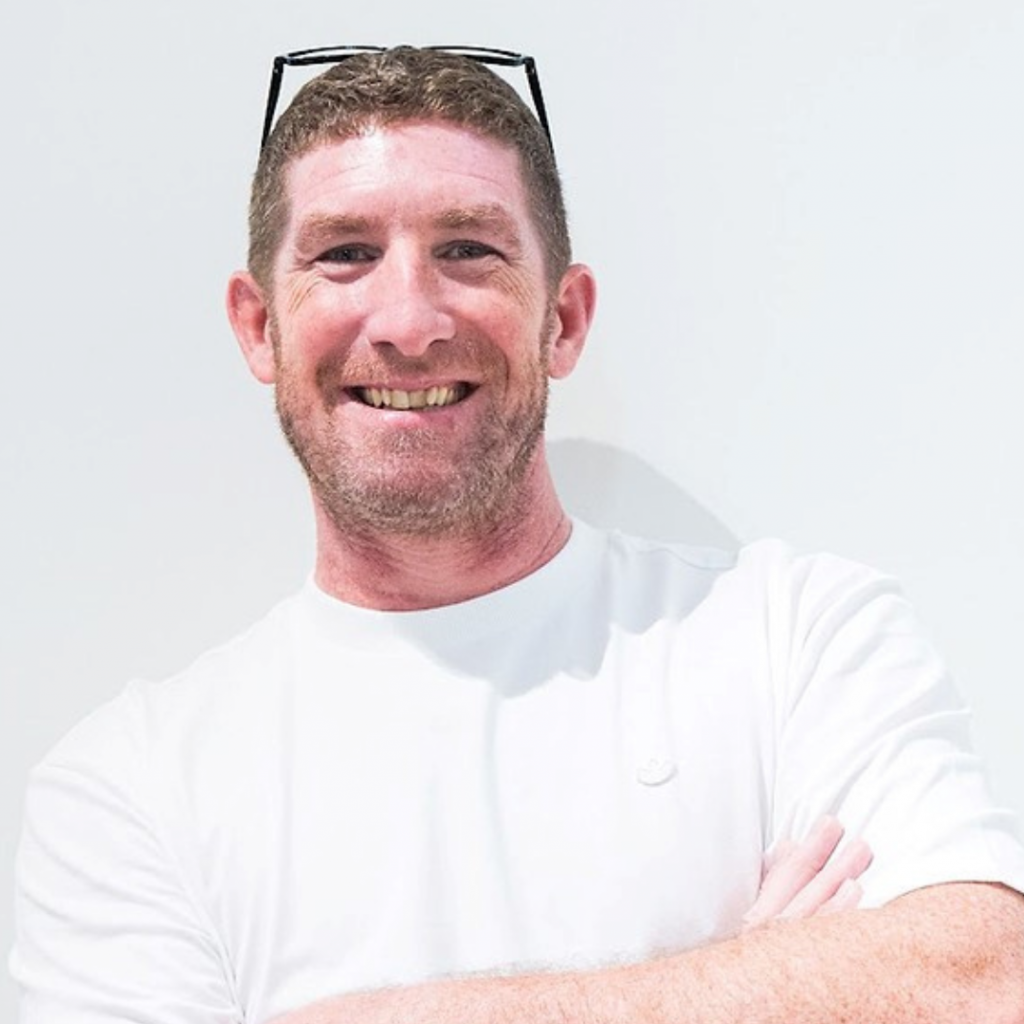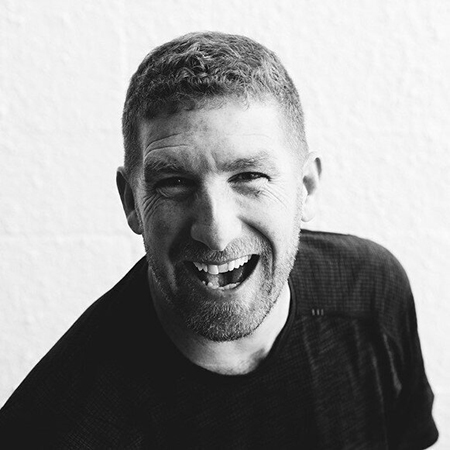
By Paul Thornley
Is living tissue designed to be stretched?
Well, if I said “Absolutely not, it’s an anti-stretching tissue designed to stop you falling and we should respect its natural boundaries and not exceed them”, would this confuse your current understanding of stretching?
Is living tissue designed to stretch?
Think about that for a moment as you sit in your chair. Are you returning from work or are you about to have dinner? Are you going training? What is your current interpretation of stretching? How does stretching actually benefit you and how often are you instructed to stretch or feel the need to?
As humans we have created a society and living style that separates us from the world of Nature; everything around us is man-made, linear, hard and contained. Is it any wonder we want to push the boundaries of what our bodies can do and achieve, in the short time we are able to do so?
We are, ourselves, very much part of Nature; we’re not mechanical, we don’t move mechanically, and yet our whole healthcare, the fitness industry and our life education around anatomy and physiology is based upon mechanics. This is not only misleading, but reinforces the notion that we are separate from Nature, rather than an integral species. If only we would return to our sense of connection, how different might our views and opinions be?
In the living world all species have evolved to survive and thrive within their respective environments. They do this in a sensory and reactive way, to achieve maximum longevity with minimal inhibition of the functionality within the collective.
As an organic species ourselves, it only makes sense that our survival and ability to react in a timely and appropriate fashion during motion is directly reflective of Nature’s laws, and not the laws of mechanics that, we are currently taught, control us.
So why do we stretch? What does it mean to be ‘tight’?
Let’s take a look at life experiences, where our body reacts to stretching in a very natural way.
How about going for a walk on uneven ground and unexpectedly tripping? You weren’t able to anticipate this lack of control; your body doesn’t automatically go into the ‘splits’ or do double somersaults. Rather, you decelerate quickly and try not to fall; you try to regain your balance and your body shortens its living tissues, not lengthens them. Quite the opposite! It tries to protect you as it activates its anti-stretching characteristics to limit the damage of falling.
In martial arts, one of the most well-known methods is Jiu JitSu. The whole essence of Jiu JitSu is to contain and inhibit another person’s ability to move, and to threaten the boundaries of the limbs, neck and spine in such a way that they submit to the threat of being taken beyond their natural protective boundaries. However, if stretching were appropriate, we would never submit, but allow our bodies to keep stretching. We would enjoy and embrace the experience of our body being taken to such extremes.
Finally, let’s look at gymnasts and dancers whose whole methodologies and training regimes are intertwined with stretching the living tissue beyond the natural boundaries and constraints our neurological system provides. They all, bar none, after decades of this apparently appropriate approach that should help them succeed within their given discipline, will reflect and explain to you how they now have to manage the consequences and ramifications of those training protocols, as they deal with daily pain, pathologies and, more often than not, surgical interventions, resulting from having pushed their bodies beyond its physical capabilities and taken away the structures, the natural defences.
In essence, you believe you’re stretching red muscular fibers, but you are, in actual fact, challenging the fascial, architectural, white tissue and its environment. These red muscular fibers inhabit the architectural fabric of your body‘s natural sensory defensive system and exist because it is their environmental responsibility to maintain, manage and react in a timely fashion, when stretch effects are placed upon them.
So you’re actually not stretching muscle, you’re stretching your neurological system. Be careful, because for every neurological initiation, there is a chemical reaction to facilitate motion; as you stretch your neurology you could challenge the chemistry in an inappropriate way, which affects the balance of chemical reactions that should occur for efficiency and longevity, This often creates an energy crisis within the myofascial environment, commonly creating something known as Myofascial Trigger Points. These formations of chemical bonding within the myofascial tissues don’t only have an influence on movement, but also on your ability to live freely. All athletes who take their bodies to extreme measures, shorten their time in their chosen sport. Although we all strive to enjoy life and make the most of the opportunities it gives us, taking on challenges that really push us beyond our boundaries, even in the most positive way, aren’t always as beneficial to our health.
There’s always a price to pay and your living tissue will pay it every day. Understanding that negative adaptation to movement has a threshold, and once you reach that threshold, then injury, pathology and surgery will surely follow. However, positive adaptation is limitless as long as you are respecting your living tissues’ boundaries and their ability to thrive within the environment.
As an educator, it is not my role to change people’s minds. It is my responsibility to explain how I have obtained my informed opinion from the leading researchers within our industry, and share with you how I apply this knowledge to my clientele on a daily basis, Then you get to decide yourselves if you want to challenge your own opinion and approach, and how you will utilize the knowledge you are gaining during your educational journey.
The body in motion is incredible until it’s compromised.
So…….is living tissue designed to be stretched?
A fuller version of this article appears in the Members’ Area. For information on the many benefits of membership watch here.
Paul Thornley
Joining The Hub
There are many benefits to joining The Fascia Hub community. We will be continually revising and updating how we can better support our members. Of course, if you have any ideas or thoughts as to what you would like to see, then we would love to hear from you. Our membership proposition is continually evolving and changing to ensure that we bring you the best from the world of fascia. If there is something you would like to learn more about, please do drop us a line and let us know.

